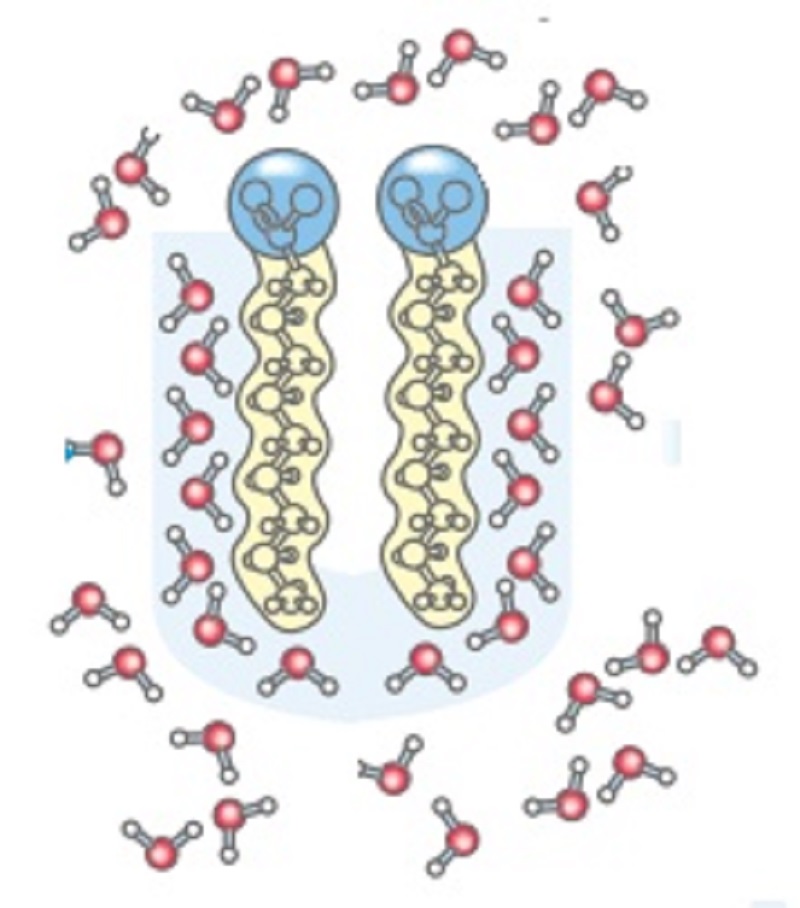Ensuring uniformity of strength of fine-grained concrete based on modified composite cement
DOI:
https://doi.org/10.15587/1729-4061.2024.296898Keywords:
fine-grained concrete, composite cement, concrete modification, surfactants, water activationAbstract
Insufficient determination of the effect of surface-active substances introduced in extremely low concentrations on the formation of the stability of the properties of fine-grained concrete based on composite Portland cements determined the feasibility of conducting research in this area. The studies investigated the influence of the modification of composite cement with water activated by the use of the hydrophilic hydration mechanism. It has been proven that these factors include the type and amount of applied water nano modifiers. The analysis of the study results confirmed that the introduction of water activated by the mechanism of hydrophilic hydration into concrete in extremely small doses significantly increases the rate of formation of concrete strength and reduces the coefficient of its variation. Owing to this, the strength of the resulting modified fine-grained concrete based on composite cement at the age of 3 days exceeds the strength of the similar concrete without additives by 300 %, and at the age of 27 days – by 25 %. At the same time, the coefficient of variation of strength has a minimum value at the optimal amount of nano additive – water modifier. This allows us to assert the effectiveness of the revealed mechanism of modification of composite cement. Thus, there are reasons to assert the possibility of targeted regulation of the processes of formation of a strong homogeneous structure of fine-grained concrete based on composite cement by using water activated by the mechanism of hydrophilic hydration
References
- Kostyuk, T., Vinnichenko, V., Plugin, A., Borziak, O., Iefimenko, A. (2021). Physicochemical studies of the structure of energy-saving compositions based on slags. IOP Conference Series: Materials Science and Engineering, 1021 (1), 012016. https://doi.org/10.1088/1757-899x/1021/1/012016
- Shishkina, A., Shishkin, A. (2020). Application of the easy concentration effect in concrete technology. IOP Conference Series: Materials Science and Engineering, 907 (1), 012038. https://doi.org/10.1088/1757-899x/907/1/012038
- Shyshkin, A., Domnichev, A. (2023). The effect of ultra-low doses of surfactants on the strength of an artificial stone obtained on a mixture of nanopowders. Theory and Practice of Design, 28, 132–139. https://doi.org/10.32782/2415-8151.2023.28.14
- Yakymenko, O. V., Kondrashchenko, O. V., Atynian, A. O. (2017). Betonni roboty. Kharkiv: KhNUMH, 275. Available at: https://eprints.kname.edu.ua/50234/1/2016_ПЕЧ_1МН_Готовое%2018%21%21%21%20Я.pdf
- Ostryzniuk, M. V., Savchenko, S. V., Gedulyan, S. І., Antoniuk, N. R. (2018). Modeling and analysis of rheological indicators of self-compacting lightweight concrete to increase their processability. Collected Scientific Works of Ukrainian State University of Railway Transport, 178. https://doi.org/10.18664/1994-7852.178.2018.139009
- Stechyshyn, M. S., Shevchuk, H. Ya., Hnyp, O. P. (2013). Rozrobka vysokofunktsionalnykh samoushchilniuvanykh betoniv, armovanykh bazaltovym voloknom. Visnyk ODABA, 52, 237–242.
- Barabash, Y. V., Harashchenko, D. P., Ksenshkevych, L. N. (2016). Mekhanoaktyvatsyia portlandtsementa – sposob aktyvnoho upravlenyia prochnostiu betona. Visnyk ODABA, 65, 120–124.
- Tevyashev, A. D., Shitikov, E. S. (2009). O vozmozhnosti upravleniya svoystvami tsementobetonov s pomoshch'yu nanomodifikatorov. Eastern-European Journal of Enterprise Technologies, 4 (7 (40)), 35–40. Available at: https://journals.uran.ua/eejet/article/view/22048
- Bielichenko, O. A., Tolmachov, S. M. (2020). Doslidzhennia fizyko-khimichnykh vlastyvostei vodnykh suspenziy mikronapovniuvachiv z superplastyfikatoramy. Resursoekonomni materialy, konstruktsiyi, budivli ta sporudy, 38, 67–77.
- Shyshkin, A. (2023). Increasing the Speed of Formation of the Structure of Fine-Grained Concrete and its Strength. Key Engineering Materials, 953, 69–74. https://doi.org/10.4028/p-itx1lu
- Erdoǧdu, Ş. (2000). Compatibility of superplasticizers with cements different in composition. Cement and Concrete Research, 30 (5), 767–773. https://doi.org/10.1016/s0008-8846(00)00229-5
- Shyshkina, A., Shyshkin, A. (2021). Fine-Grained Concrete for Repair and Restoration of Building Structures. Materials Science Forum, 1038, 317–322. https://doi.org/10.4028/www.scientific.net/msf.1038.317
- Shyshkina, A., Shyshkin, A. (2022). Influence of Temperature and Humidity of the Environment where the Concrete Hardening Takes over on the Efficiency of Surface Microdosis Application. Materials Science Forum, 1066, 169–174. https://doi.org/10.4028/p-b74fx4
- Shishkina, A. (2017). Study of change in the deformation-strength properties of nanomodified fine-grained concretes over time. Eastern-European Journal of Enterprise Technologies, 3 (6 (87)), 50–54. https://doi.org/10.15587/1729-4061.2017.101032
- Shyshkina, A. (2023). Optimization of Water Activation Technology for the Production of Fine-Grained Concrete. Key Engineering Materials, 953, 63–68. https://doi.org/10.4028/p-6zeb89

Downloads
Published
How to Cite
Issue
Section
License
Copyright (c) 2024 Aleхandra Shіshkina, Andriy Domnichev

This work is licensed under a Creative Commons Attribution 4.0 International License.
The consolidation and conditions for the transfer of copyright (identification of authorship) is carried out in the License Agreement. In particular, the authors reserve the right to the authorship of their manuscript and transfer the first publication of this work to the journal under the terms of the Creative Commons CC BY license. At the same time, they have the right to conclude on their own additional agreements concerning the non-exclusive distribution of the work in the form in which it was published by this journal, but provided that the link to the first publication of the article in this journal is preserved.
A license agreement is a document in which the author warrants that he/she owns all copyright for the work (manuscript, article, etc.).
The authors, signing the License Agreement with TECHNOLOGY CENTER PC, have all rights to the further use of their work, provided that they link to our edition in which the work was published.
According to the terms of the License Agreement, the Publisher TECHNOLOGY CENTER PC does not take away your copyrights and receives permission from the authors to use and dissemination of the publication through the world's scientific resources (own electronic resources, scientometric databases, repositories, libraries, etc.).
In the absence of a signed License Agreement or in the absence of this agreement of identifiers allowing to identify the identity of the author, the editors have no right to work with the manuscript.
It is important to remember that there is another type of agreement between authors and publishers – when copyright is transferred from the authors to the publisher. In this case, the authors lose ownership of their work and may not use it in any way.









